Realizujemy prace geotechniczne na terenie całej Polski oraz Europy m.in. Słowacji, Czech, Austrii i Niemiec.


Wzmacnianie gruntu


Obudowy wykopów


Zabezpieczenia skarp i zboczy


Przesłony przeciwfiltracyjne i iniekcje gruntu


Prace tunelowe


Torkret - beton natryskowy


Pale i mikropale geotermalne